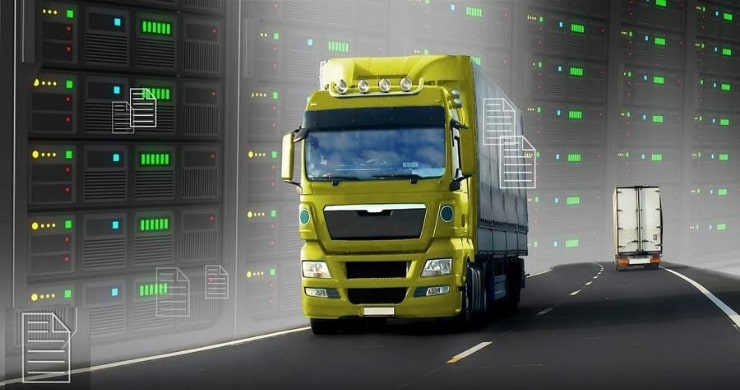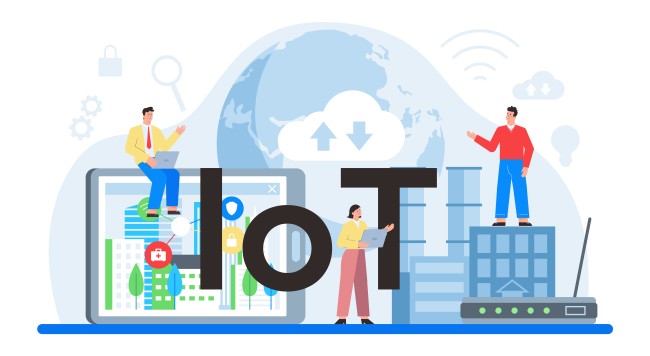
The world of transport isn’t what it used to be. Vehicles no longer move blindly down mapped routes while managers wait for updates.
Now, engines talk, algorithms listen, and the entire operation breathes in data. Fleet management – once about tracking wheels on roads – has become the digital backbone of modern logistics.
Change arrived quietly, then all at once. Artificial intelligence, sustainability mandates, and connected sensors have rewritten how fleets think, react, and evolve. Here in this article, we will discuss the latest fleet management trends redefining logistics, automation, and efficiency.
1. Predictive Maintenance Takes the Wheel
Maintenance used to be guesswork wrapped in routine. Fix what breaks, check what squeaks, and hope for the best. That age is gone.
Fleet systems now watch their own pulse. Embedded sensors collect pressure, heat, vibration, and idle-time metrics. Machine learning models digest this data and whisper early warnings before a breakdown strikes.
Engines once stopped without notice; now they schedule their own rescue. Predictive maintenance doesn’t just reduce downtime – it transforms it into foresight. Every avoided failure is profit saved quietly in the background.
2. Electric Fleets Charge Forward
The silent hum of electric motors is replacing the diesel growl. It’s not symbolism – it’s economics.
Rising fuel costs, stricter emission laws, and cheaper batteries push fleets toward electrification. Managers now monitor battery health, charging cycles, and route ranges as part of daily workflow.
But the real magic lies in the data. Electric fleets produce cleaner analytics – precise consumption, regenerative patterns, and energy recovery insights. Sustainability stops being a slogan; it becomes measurable behavior.
The shift isn’t distant. It’s happening now, one plug at a time.
3. The Internet of Fleets: IoT Everywhere

Every moving object wants to be heard. Sensors make that possible.
Tires report pressure, trailers announce temperature changes, and drivers’ apps stream speed, braking, and location. All this feeds a single control hub, painting a living portrait of the fleet’s current state.
With IoT integration, managers no longer operate fleets – they orchestrate ecosystems. Every sensor becomes an eye, every data point a decision waiting to happen.
The more connected the fleet, the more invisible the uncertainty.
4. Smarter Routing Through AI
Traffic patterns shift by the hour. Weather turns unpredictably. Human scheduling can’t keep pace, but artificial intelligence can.
AI-driven routing engines analyze live traffic feeds, delivery deadlines, and road conditions simultaneously. They rewrite routes in seconds, balancing cost, time, and efficiency with eerie precision.
This adaptive routing doesn’t just save fuel – it saves sanity. Drivers stop guessing. Dispatchers stop recalculating. The fleet simply learns and adapts, like a living organism guided by logic instead of luck.
5. Driver Safety Becomes Measurable
Behind every vehicle sits a decision-maker – the driver. Technology now watches gently but persistently, recording acceleration, harsh braking, and fatigue patterns.
Advanced analytics convert that data into behavioral profiles. Not for punishment – but prevention. Fleets can identify risk early, schedule retraining, and reward consistency.
Safety stops being a rulebook entry and becomes a rhythm. When drivers feel guided, not watched, culture shifts from enforcement to empowerment.
6. Cloud Control for Global Operations

In the old world, dispatch rooms glowed with radio chatter. In the new one, data lives in the cloud, silent and synchronized.
Cloud-based fleet management has erased geography. Whether trucks roll through Dublin, Delhi, or Dallas, the dashboard stays unified. Managers approve routes, view maintenance tickets, or issue invoices from anywhere.
No servers to patch. No downtime for updates. Scalability has become elastic – fleets grow without friction.
The cloud didn’t just host operations; it liberated them.
7. Sustainability and ESG Accountability
Environmental reporting used to be paperwork after the fact. Today, it’s data in motion.
Fleet platforms track emissions, energy consumption, and idle waste automatically. Each trip becomes a metric feeding sustainability dashboards that executives use for ESG reports.
Carbon tracking isn’t charity – it’s business armor. Clients and investors prefer companies with transparent impact metrics. Fleets using digital sustainability tracking don’t just reduce emissions – they gain contracts.
The green shift isn’t moral anymore; it’s financial.
8. Compliance Without the Chaos
Hours of service logs, inspection reports, and route certifications once ate half the working day. Automation changed that rhythm.
Modern fleet platforms auto-generate compliance documents – every check, every log, every signature captured digitally. Audit-ready reports appear with a single tap.
Instead of searching for proof, managers now maintain living compliance records updated in real time.
That means fewer fines, fewer disputes, and a smoother relationship with regulators.
9. Shared Fleets and Mobility-as-a-Service
Owning every vehicle isn’t always efficient. The smarter move for many is access without ownership.
Fleet-as-a-Service models allow businesses to rent vehicles dynamically based on need. Platforms monitor usage, calculate per-mile costs, and manage insurance automatically.
This flexibility converts fixed assets into variable costs – a dream for CFOs balancing budgets in volatile markets.
The model mirrors how cloud computing changed IT – use more when needed, scale down when quiet.
Mobility-as-a-Service is doing the same to transportation.
10. Cybersecurity Rises to the Frontline

A connected fleet is powerful – and vulnerable. Every sensor, every cloud interface, every driver app forms a potential doorway.
Fleet management now includes threat monitoring. AI systems scan for anomalies – fake GPS signals, data breaches, unauthorized access attempts.
Encryption, two-factor authentication, and real-time alerts aren’t optional extras – they’re the seatbelts of digital logistics.
Security has become invisible armor. The more connected fleets become, the more guarded they must remain.
The Underlying Pulse: Total Awareness
Every trend above speaks the same language – awareness. Awareness of machines before they break. Awareness of drivers before fatigue sets in. Awareness of environmental footprints before scrutiny arrives.
Fleet management doesn’t revolve around control – it revolves around comprehension. It’s not about faster delivery; it’s about smarter movement.
Data, once scattered and silent, now narrates the story of every mile. And businesses that listen carefully to that story gain an advantage no competitor can steal – clarity.
Closing Thought
Fleets today are no longer metal on roads. They’re networks of intelligence powered by code, connectivity, and human insight.
Predictive analytics, cloud integration, sustainable strategy – these aren’t trends to follow; they’re thresholds to cross. Those who cross early lead. Those who hesitate will spend the next decade trying to catch up.
The new era of fleet management doesn’t just move goods. It moves understanding. And in that movement lies the future of every business built on wheels.
Also Read:

